Donald Trump’s week in Asia: can he shift power away from China?
US president’s whirlwind week of diplomacy aims to bolster economic ties and de-escalate trade war with China
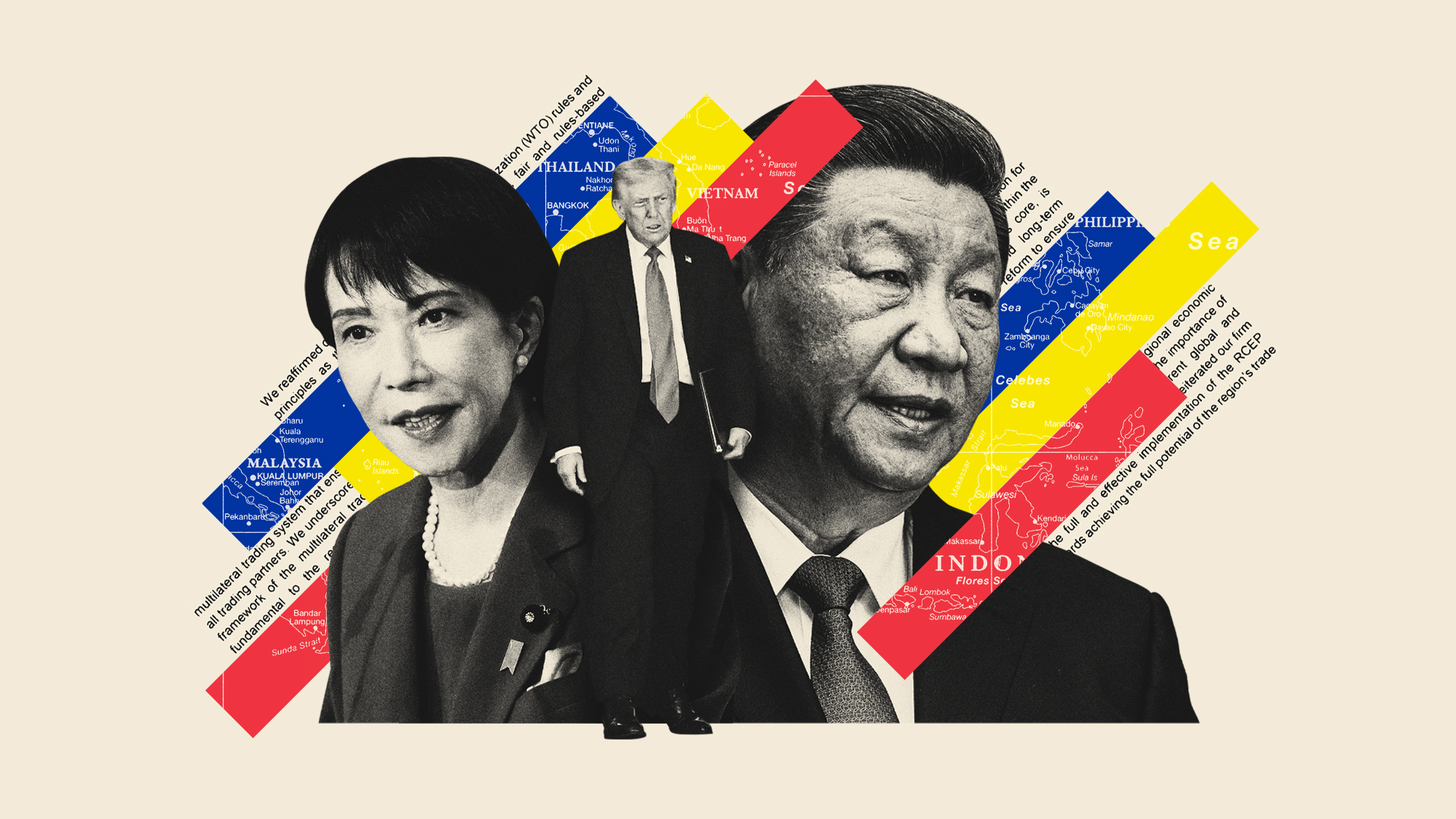
Donald Trump has begun a whistle-stop tour of Asia that will culminate in his first face-to-face meeting with Chinese President Xi Jinping for six years. It is “the most important week of diplomacy” for Trump “since he returned to office”, said The Economist.
The US president landed in Kuala Lumpur yesterday, just in time to oversee the signing of a US-brokered ceasefire agreement between Thailand and Cambodia. He then attended the Asean summit of Southeast Asian nations, before heading to Japan. The final stop of his whirlwind tour will be South Korea, where he is due to sit down with Xi on Thursday.
What did the commentators say?
Trump’s visit to Southeast Asia offers “a glimmer of hope for the region, whose stocks have been among the worst-performing” among emerging markets economies, said Bloomberg. The bloc faces “some of the highest” US tariffs, and Trump’s attendance at Asean is “raising expectations” for deeper engagement on trade deals.
The Week
Escape your echo chamber. Get the facts behind the news, plus analysis from multiple perspectives.

Sign up for The Week's Free Newsletters
From our morning news briefing to a weekly Good News Newsletter, get the best of The Week delivered directly to your inbox.
From our morning news briefing to a weekly Good News Newsletter, get the best of The Week delivered directly to your inbox.
“Southeast Asia was one of the biggest winners” from Trump’s trade war with China in 2018 but, seven years on, “finds itself in a very different situation” as it “gets squeezed by the world’s top two economic powers”, said Erin Hale on Al Jazeera. Countries in the region have been “trying to walk the tightrope and do a balancing act of not picking sides between the US and China”, Jayant Menon of the ISEAS-Yusof Ishak Institute, told the media network.
On Tuesday, Japan’s new prime minister Sanae Takaichi “faces the first real test of her diplomatic and personal skills” when Trump arrives in Tokyo, said Justin McCurry in The Guardian. Their meeting will “set the tone” for Japan’s relationship “with its important and increasingly unpredictable ally”.
Few expect her to win major concessions from Trump on trade this week, as he has already lowered tariffs on Japanese cars from 27% to 15% in return for $550 billion (£412 billion) of Japanese investment in the US. On security, Takaichi “shares Trump’s suspicion of Chinese military activity in the Asia-Pacific”, and the US president will have been “encouraged” by her “determination to accelerate Japan’s biggest military build-up since the Second World War”.
Trump‘s “top priority” this week, though, is his meeting with Xi, said the BBC’s Anthony Zurcher. He will want to convince the Chinese leader to resume imports of American agricultural goods, “loosen recent restrictions” on access to rare earth materials, “give US companies greater access to the Chinese market and avoid a full-blown trade war. For Trump, as the saying goes, that’s the whole ballgame.”
A free daily email with the biggest news stories of the day – and the best features from TheWeek.com
What next?
Xi will be “a tough leader to sit across from at a negotiating table”, said The Economist. In the six years since he and Trump last sat down together, he’s become “more assured and less tentative”. He’s “at the top of his game”.
Trump has talked about agreeing a “complete deal” with Xi but “both the US and China are trying to get what they need in the short term while preserving their long-term self-sufficient strategies”, said Miquel Vila on UnHerd. This means any agreement, including a pause on new tariffs or the relaxation of mutual export controls, will be “symbolic and likely short-lived”.
“The reality is that, despite the negotiations, the deeper trend towards decoupling will continue.”
-
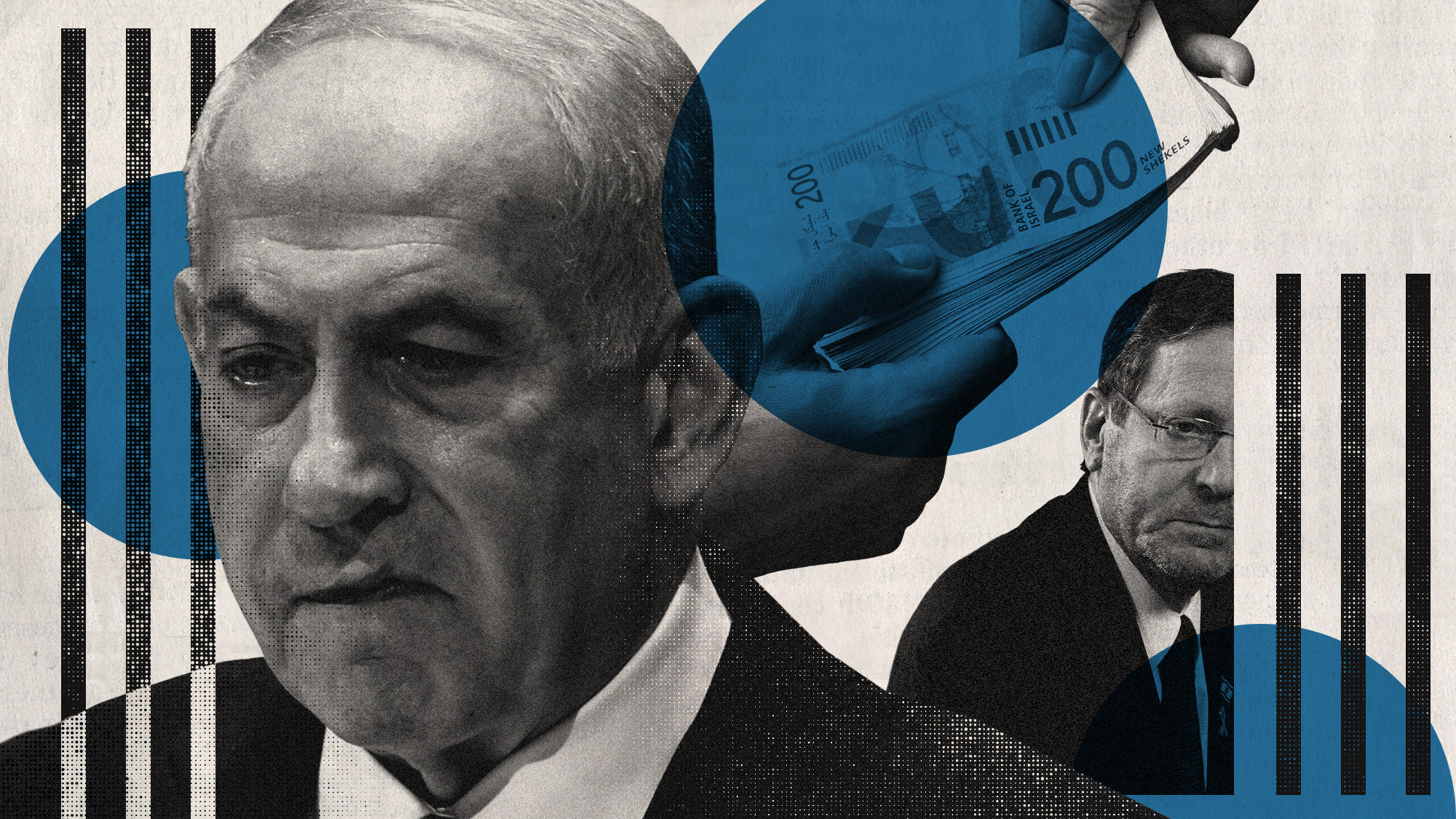 Will Netanyahu get a pardon?
Will Netanyahu get a pardon?Today's Big Question Opponents say yes, if he steps down
-
 December’s books feature otherworldly tales, a literary icon’s life story and an adult royal romp
December’s books feature otherworldly tales, a literary icon’s life story and an adult royal rompThe Week Recommends This month's new releases include ‘The Heir Apparent’ by Rebecca Armitage and ‘Tailored Realities’ by Brandon Sanderson
-
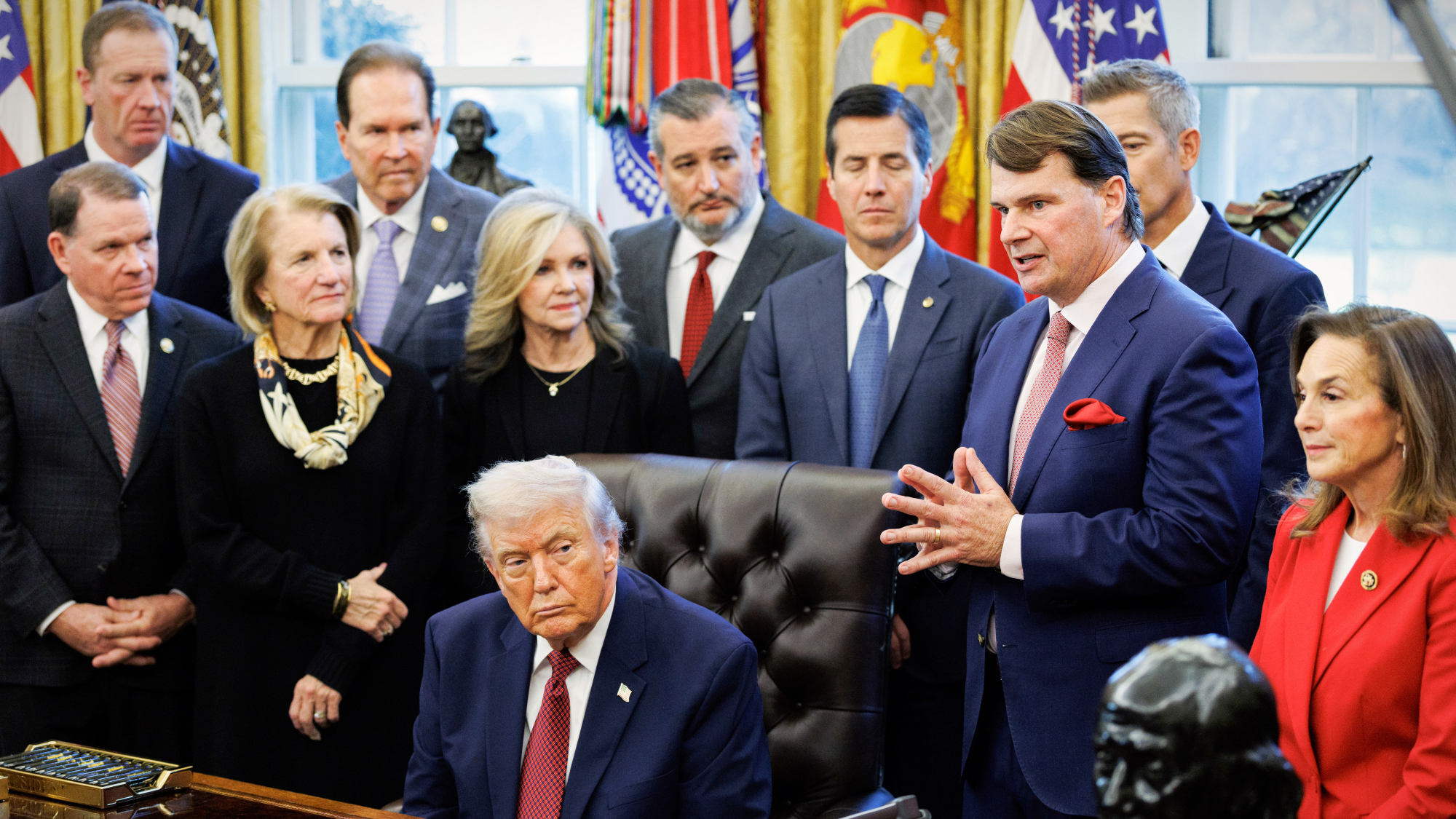 Trump boosts gas cars in fuel economy rollback
Trump boosts gas cars in fuel economy rollbackspeed read Watering down fuel efficiency standards is another blow to former President Biden’s effort to boost electric vehicles
-
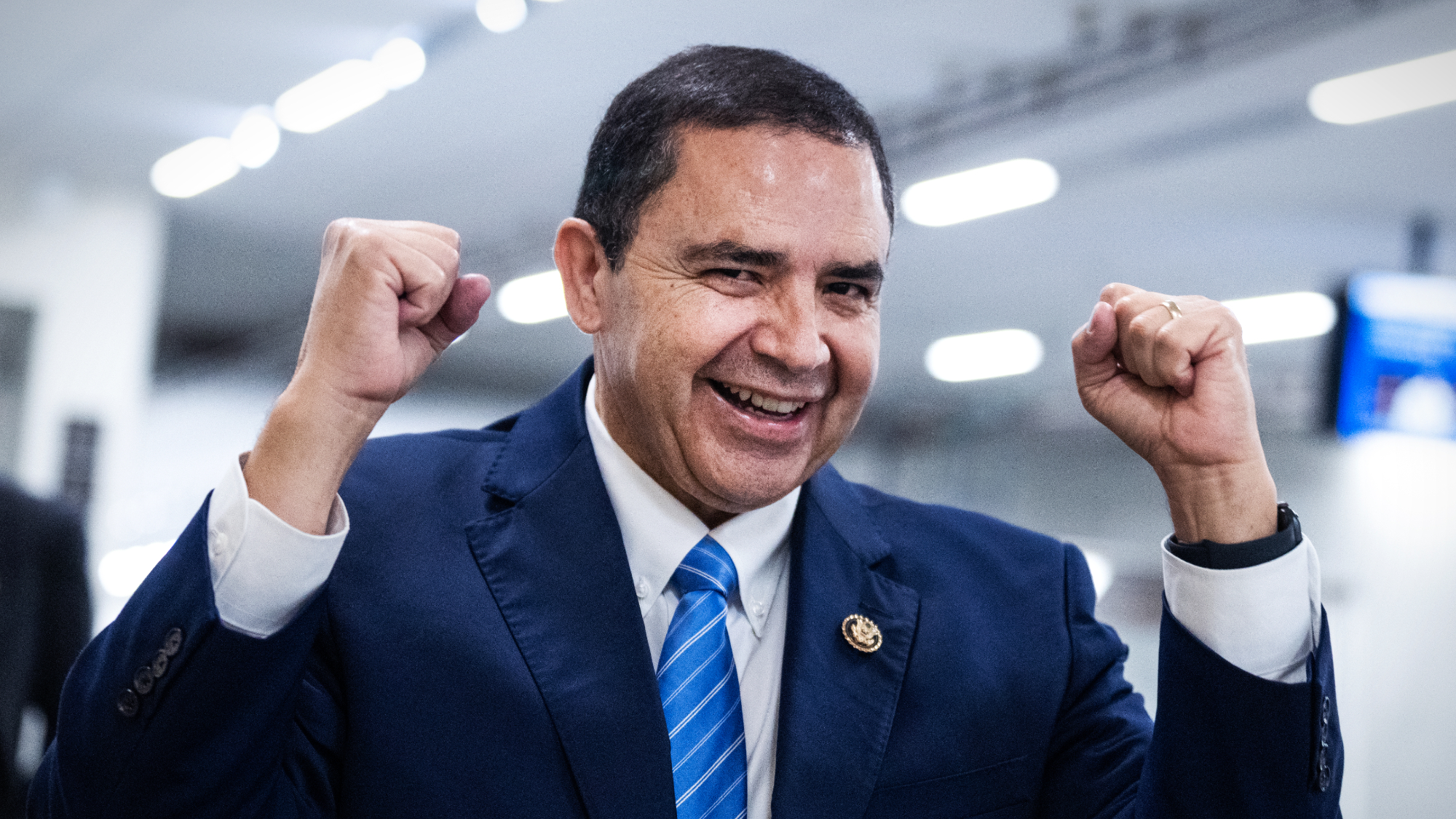 Trump pardons Texas Democratic congressman
Trump pardons Texas Democratic congressmanspeed read Rep. Henry Cuellar was charged with accepting foreign bribes tied to Azerbaijan and Mexico
-
 ‘It is their greed and the pollution from their products that hurt consumers’
‘It is their greed and the pollution from their products that hurt consumers’Instant Opinion Opinion, comment and editorials of the day
-
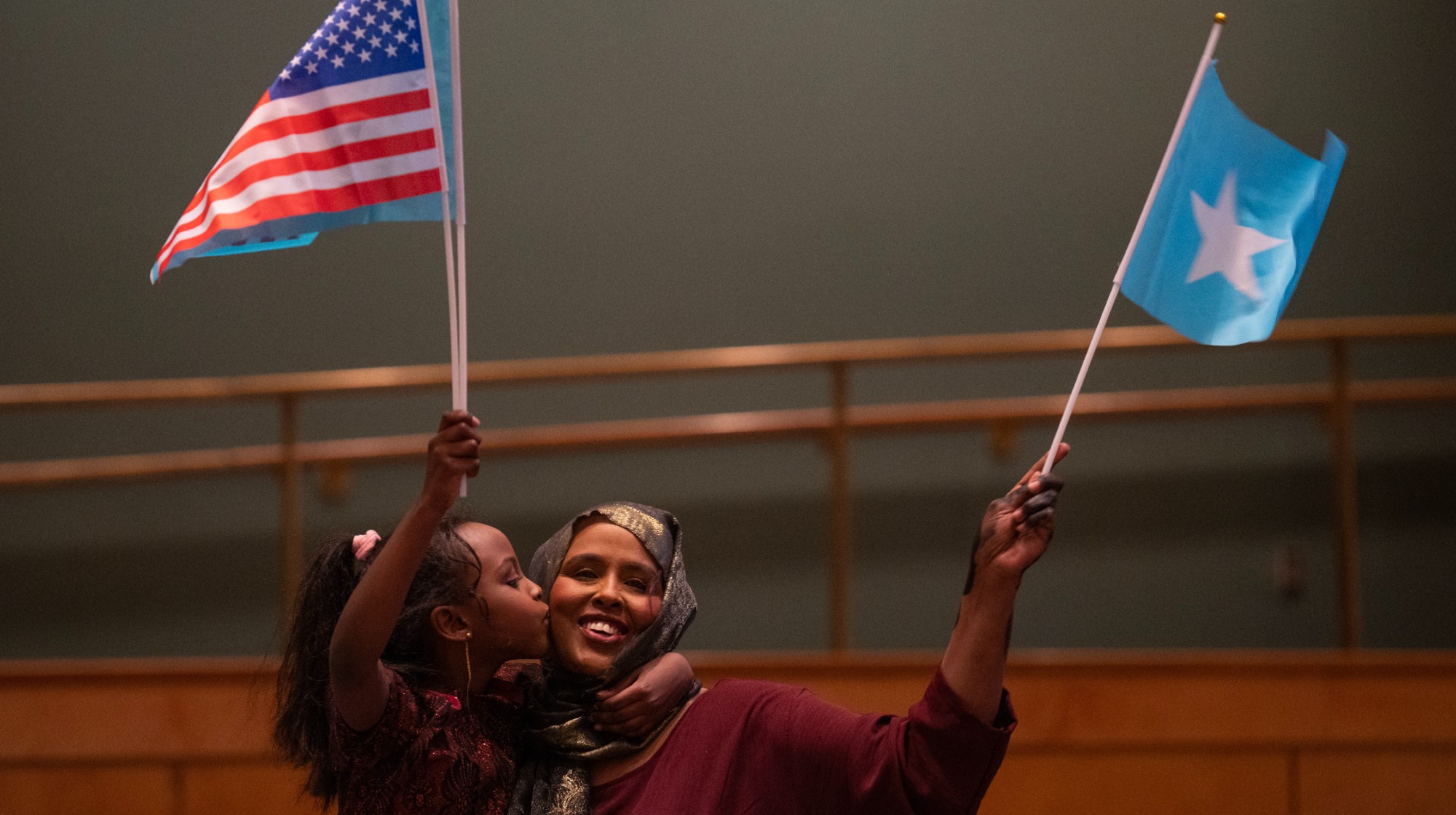 Trump targets ‘garbage’ Somalis ahead of ICE raids
Trump targets ‘garbage’ Somalis ahead of ICE raidsSpeed Read The Department of Homeland Security will launch an immigration operation targeting Somali immigrants in the Minneapolis-St. Paul area
-
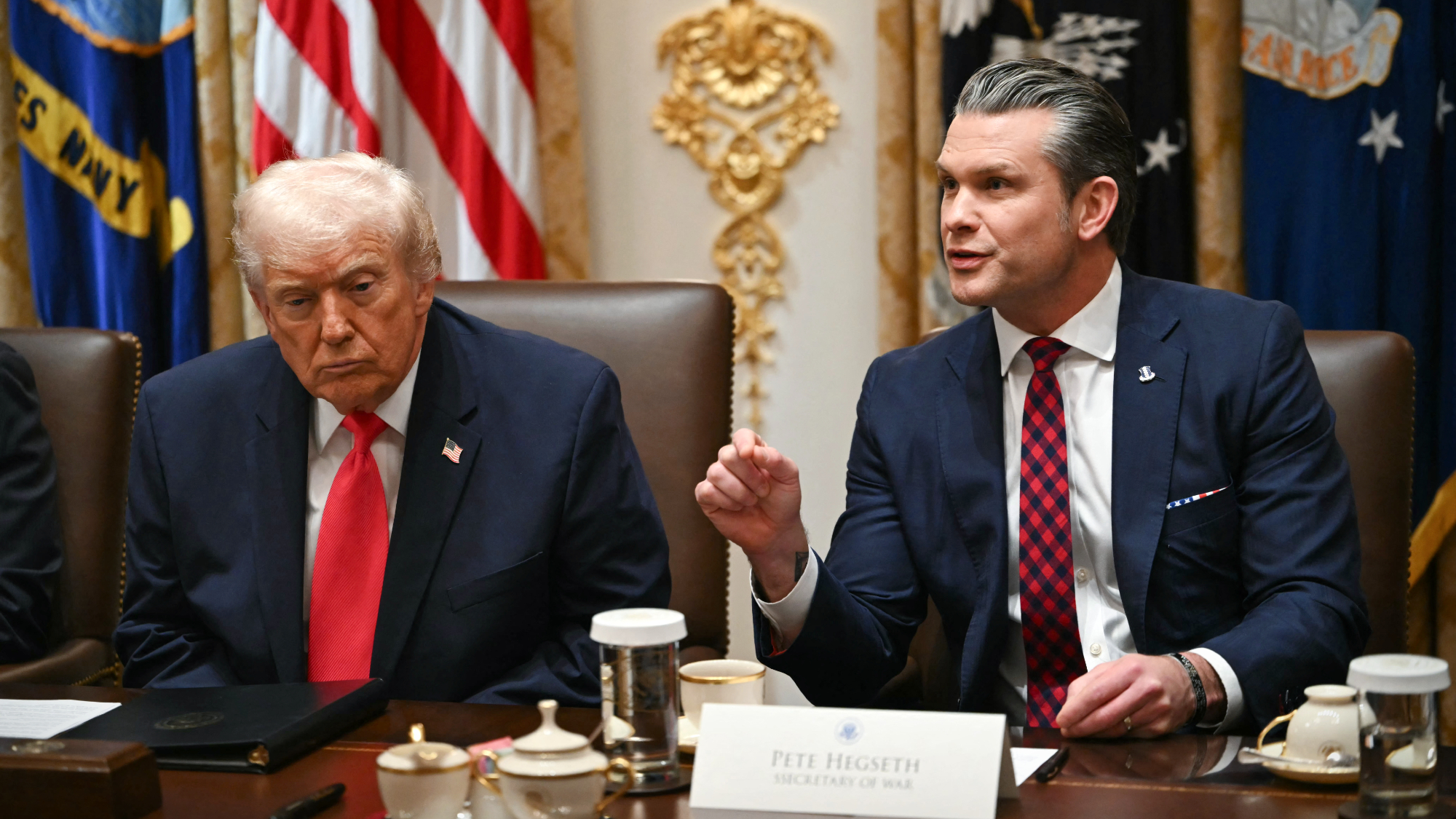 Hegseth blames ‘fog of war’ for potential war crime
Hegseth blames ‘fog of war’ for potential war crimespeed read ‘I did not personally see survivors,’ Hegseth said at a Cabinet meeting
-
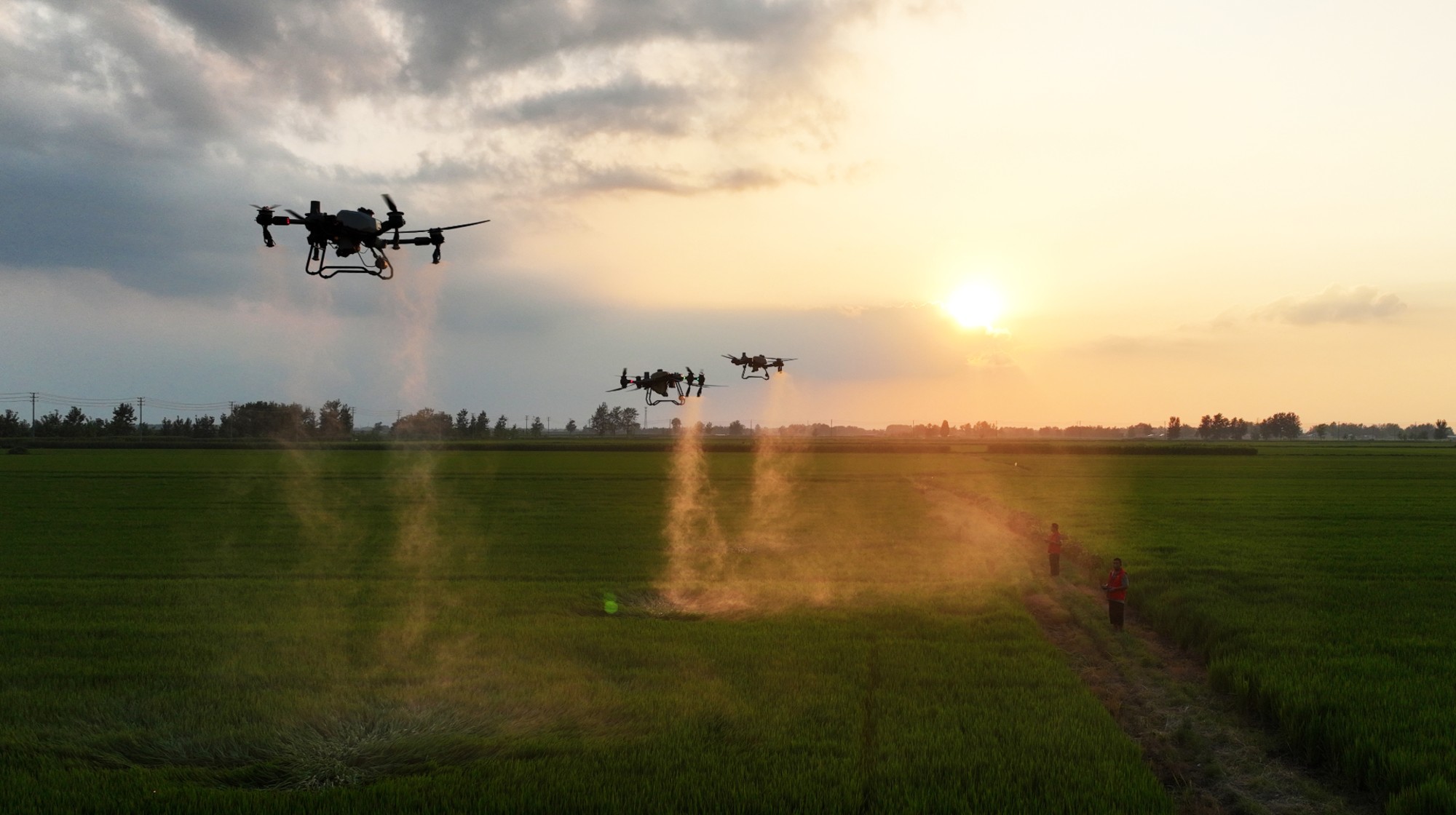 Looming drone ban has farmers and farm-state Republicans anxious
Looming drone ban has farmers and farm-state Republicans anxiousIN THE SPOTLIGHT As congressional China-hawks work to limit commercial drone sales from Beijing, a growing number of conservative lawmakers are sounding an agricultural alarm
-
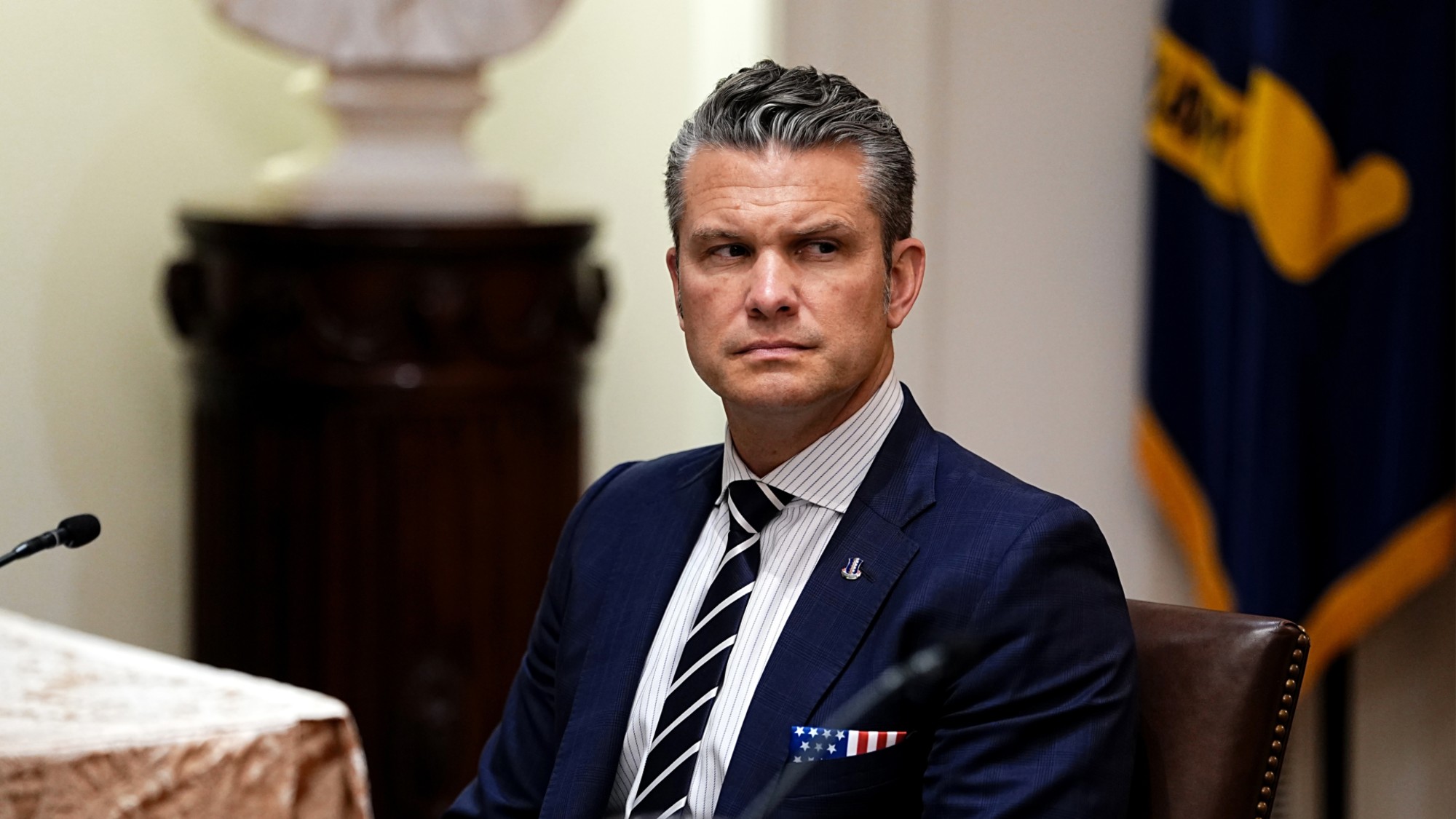 ‘It’s critical that Congress get involved’
‘It’s critical that Congress get involved’Instant Opinion Opinion, comment and editorials of the day
-
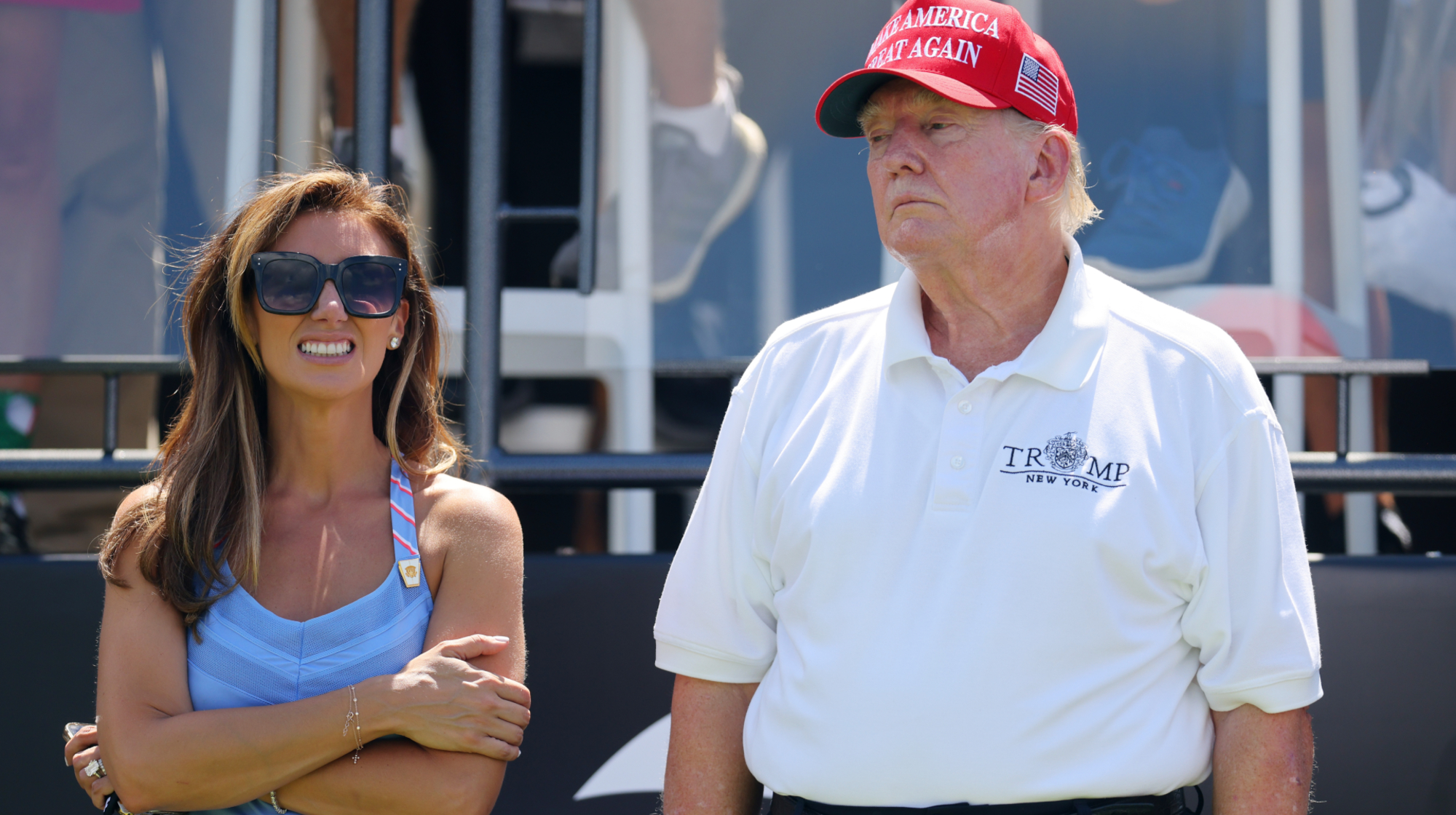 Appeals court disqualifies US Attorney Alina Habba
Appeals court disqualifies US Attorney Alina HabbaSpeed Read The former personal attorney to President Donald Trump has been unlawfully serving as US attorney for New Jersey, the ruling says
-
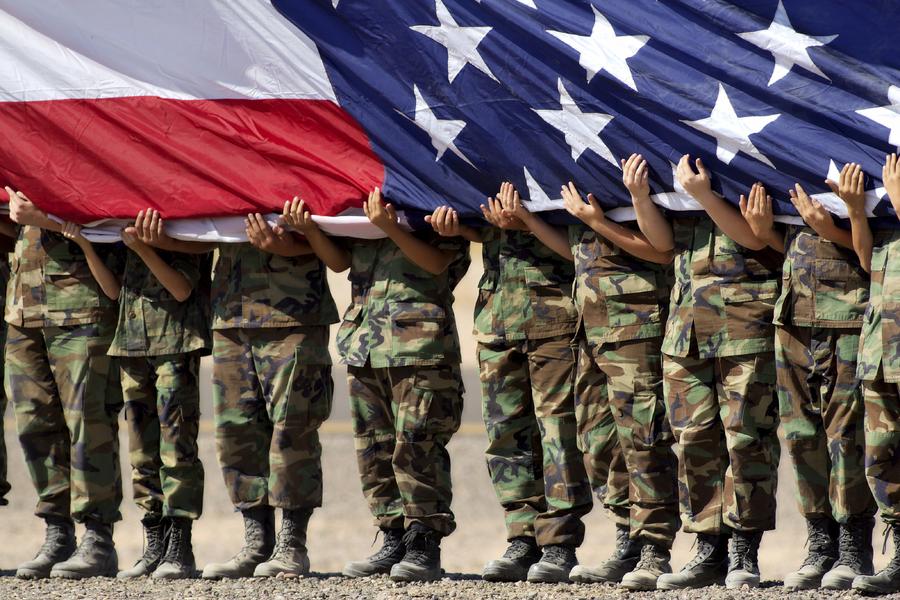 The military: When is an order illegal?
The military: When is an order illegal?Feature Trump is making the military’s ‘most senior leaders complicit in his unlawful acts’